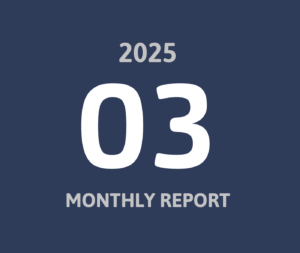Key Takeaways
✅ Nuclear power is cleaner and safer than commonly believed
✅ Unlike weather-dependent renewables, nuclear power operates non-stop
✅ It contributes to grid stability by balancing the intermittent nature of renewables
✅ Nuclear renaissance: A resurgence of nuclear energy is on the horizon
✅ Uranium miners will play a crucial role – my top 8 positions revealed
Will Uranium Miners Be The New Oil Stocks?
Many believe that nuclear energy is dangerous and dirty and that nuclear power plants are too expensive to build.
But seekers of wisdom see things as they truly and clearly are, and do not get caught in their own (mis)interpretation of the world.
In light of this, let’s look at some hard facts.
Material Required By Energy Source
Opponents of nuclear energy often compare the costs per KWh only after the solar, wind, or hydro plant is built. This conveniently leaves out the non-visible part below the iceberg.
Let’s first look at the material throughput by type of energy source to produce a TWh:
China has one new 1 GW nuclear reactor coming online every single month for the coming 5 years. Per Jander, WMC
Death Rates Per Year And TWh
Let’s now look at the mortality rate of the different energy sources.
Many people have the assumption that nuclear energy is “super dangerous”, so let’s just take a look at the actual raw numbers.
Put simply, how many people die directly or indirectly, from the respective energy source?
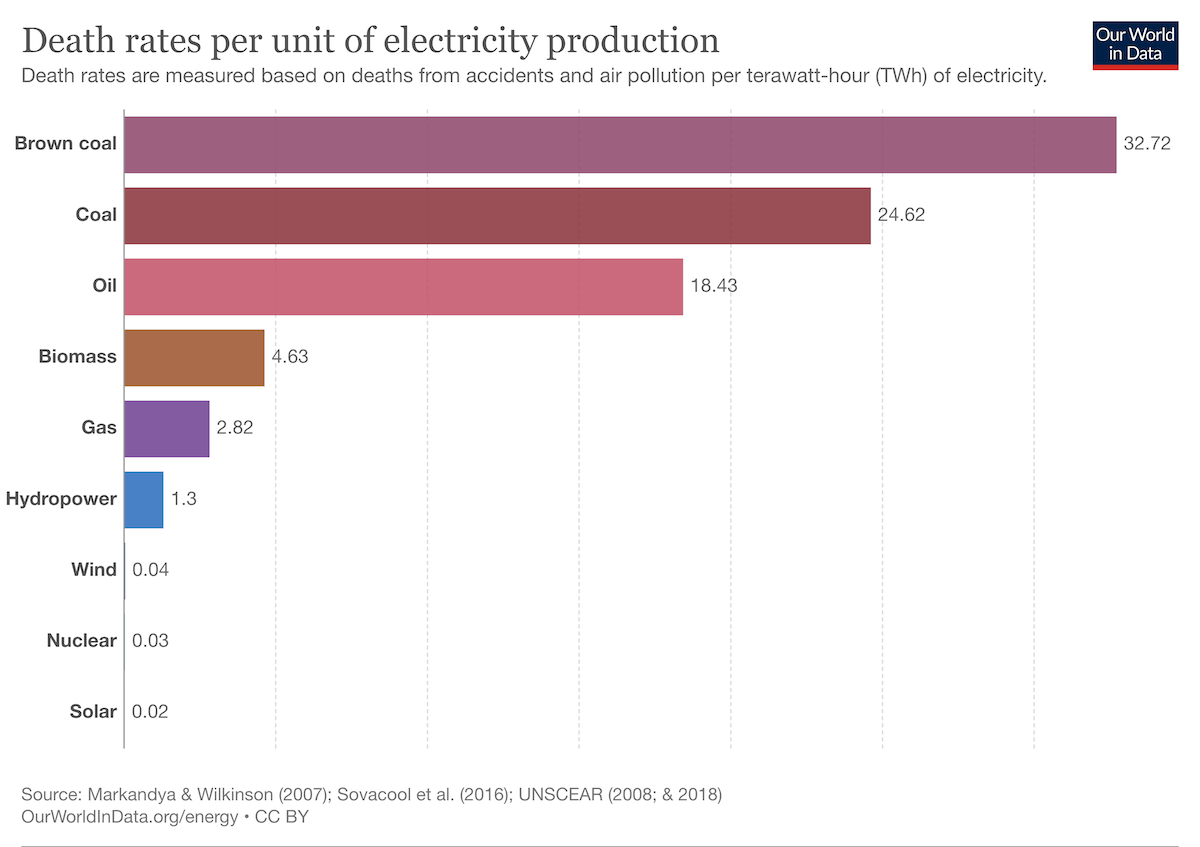
We note that nuclear power is extremely safe, even safer than wind (windmills can catch fire, or collapse) or hydropower (see a list of largest dam failures), and this already takes all the consequences of past nuclear disasters into account!
While we are on this topic, let’s take a look at how many people actually died from direct, or indirect (!) nuclear disasters:
| Date | Numbers of deaths | |
| 1957 | 🇷🇺 Mayak, Russia | ~200 cancer fatalities |
| 1986 | 🇺🇦 Chernobyl, Ukraine | 52 +~4,000 possible cancer deaths |
| 1986 | 🇺🇸 Surry, U.S. | 4 |
| 2004 | 🇯🇵 Fukui, Japan | 4 |
| 1961 | 🇺🇸 Idaho Falls, U.S. | 3 |
| 1976 | 🇨🇿 Jaslovské Bohunice, Czech. | 2 |
| 1999 | 🇯🇵 Ibaraki, Japan | 2 |
| 2011 | 🇯🇵 Fukushima, Japan | 1 |
| Total | 68 + 4,200 possible cancer deaths |
In the past 70 years, a total of 68 direct + 4,200 indirect deaths can be attributed to nuclear power.
How does this compare to the approx. 13,000 people die every year in the U.S. alone because of coal?
Stunning fact: A single coal plant generates as much waste by volume in one hour as nuclear power has during its entire history.
What Are The Cleanest Sources Of Energy
Nuclear energy emits minimal greenhouse gases, making it a vital tool in the fight against climate change!
By serving as a reliable baseload power source (also see the point below), nuclear energy helps reduce the need for fossil fuel-based power generation, leading to significant reductions in carbon dioxide and other harmful emissions.
How Much Does It Cost To Build One Nuclear Reactor?
The common misconception is that nuclear reactors are too expensive and complicated to build!
That has been true in the past, but newer reactors are much safer and smaller, therefore take less time and are significantly less expensive.
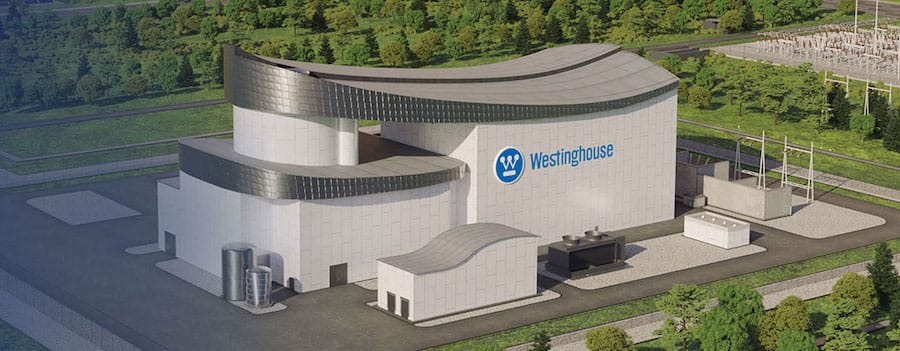
For example, Westinghouse’s AP300 small nuclear reactor is estimated to cost approximately $1 billion per unit, Durham told CNBC.
Full disclosure, Westinghouse is owned by Cameco and Brookfield Renewables, two large positions in my All-Weather Portfolio.
Also, once built, the utility companies only need to buy Uranium from the Uranium miners, which is less than 4% of their overall total cost to run the power plant.
Another interesting small modular reactor company is NuScale ($SMR).
Get Me Some Baseload Power!
Nuclear energy provides a reliable baseload power supply that can consistently meet the demand for electricity, regardless of weather conditions or fluctuations in renewable energy sources.
Unlike weather-dependent renewables like solar and wind, nuclear power plants can operate continuously – day and night, through the weekend, during any sort of weather.
It thereby plays a crucial role in maintaining grid stability by providing a constant and predictable power supply, which helps to balance the intermittent nature of renewable energy sources and prevent blackouts or grid failures.
"By 2025, Germany will have spent $580 Bio US to make electricity nearly 2x more expensive and 10x more carbon-intensive than France’s." Michael Shellenberger
But What About The Nuclear Waste?
Techniques of storing nuclear waste in a reliable manner have seen massive improvements over recent decades.
We now have much safer and less invasive ways of storing nuclear waste.
For example, 🇫🇮 Finland ensures the safe long-term storage of spent fuel rods by encasing them in boron steel canisters and further encapsulating them in copper capsules 450 meters below the surface in an underground cavern at Onkalo.
The increased public awareness on this topic has led to research and development, focusing on innovative waste storage and disposal methods like deep geological repositories mentioned above.
"All US nuclear waste ever created would fit on one football field, 10m high. And Finland already said they are happy to take all of EU’s." Chris Dark
Mastering The Most Energy-Potent Raw Material
Call me crazy, but wouldn’t it be a waste if we don’t try to utilize and unlock the power of the most energy-potent raw material available to us?
From my point of view, we need a smart mix of solar, wind, hydro, geo, and nuclear energy to decarbonize the world!
And Uranium, and in the future the even more abundant and safer Thorium, will enable us to do so.
Now that we understand that nuclear power is vital, why is this realization not reflected yet in the market capitalization of Uranium miners?
This is where the opportunity lies!
In total, there are 33 publicly listed Uranium miners, with a total combined market cap of $52B USD. Check out this ranking of all major Uranium miners.
ExxonMobil’s (XOM) market cap alone is 9x higher than all Uranium mining companies combined!
"Anti-nuclear bias has no place in a pre-eminent journal of science, especially when global heating is increasing dangerously as a result of our over-dependence on fossil fuels."
Nature.com
The Coming Uranium Bull Market
How To Benefit From The Coming Uranium Bull Market
Let’s get to the juicy part. Here’s my entire portfolio of Uranium miners:
Quick background info: I started my portfolio of Uranium miners in 2019, investing a total of $37,000.
As of Sep 2023, the value of my portfolio increased to $124,000 USD.
Overview Of The Best Uranium Miners
The following Uranium miners are the best companies providing exposure to the upcoming Uranium bull market.
There are dozens of more companies, but after a lot of research, listening to dozens of hours of interviews, and watching literally hundreds of videos, I shortlisted these eight!
| Symbol | $M)"}">Market Cap Mio $ | $M)"}">Sales Mio $ | |
| $CCJ | Cameco | $17,150 | 1,541 |
| $NXE | NexGen Energy | $3,004 | 0 |
| $UEC | Uranium Energy | $1,916 | 126 |
| $UUUU | Energy Fuels | $1,274 | 30 |
| $DNN | Denison | $1,343 | 8 |
| $GLATF | Global Atomic | $300 | 1 |
| $LTSRF | Lotus Resources | $225 | 0 |
| $EU | enCore Energy | $440 | 0 |
Essentially, only $CCJ, $UEC, and $UUUU are revenue-generating companies, and only one can be considered a Junior Producer, $DNN.
Uranium Stocks Vs Uranium ETF
The Uranium sector equity ETFs are $URA, $URNM, $URNJ, and $HURA.
My personal favorite one is $URA, consisting of Uranium miners with the purest exposure to the Uranium investment theme.
$URNM, consisting of Uranium Junior Producers, will have the most torque once the bull market will really get started.
I prefer to invest in single Uranium stocks, but of course that is up to every resource investor.
Too Late To The Party? Absolutely Not.
A reader recently asked me: “Am I too late to get involved?“.
I like to answer this question with a ratio chart, showing the Uranium sector ETF $URA in comparison to the $SPX.
A falling price chart indicates the S&P500 outperforms $URA, and vice versa. Only in 2023, we can see that $URA started to mildly outperform the $SPX.
Conclusion
I believe nuclear energy is needed to decarbonize the world. It is one of the cleanest, safest, and most efficient energy sources in the world.
My thesis is that we will see a renaissance in nuclear energy. For this to happen, Uranium miners will see a complete re-valuation.
The time to get positioned is now!
📘 Read Also
- Top 10 Reasons Why Investing in Uranium Stocks Makes Sense
- How To Invest In Commodities – 15 Great Stock Ideas
- The 10 Best Water Stocks With Dividends
FAQ
What is the best Uranium ETF?
When did uranium mining start?
In the mid-1800s, uranium mining began in Joachimsthal, Bohemia in 1968 (now Czechia). Central City, Colorado, started uranium ore mining in 1871. South Terras mine in Cornwall began uranium mining in 1873. The Uravan Mineral Belt started extracting carnotite in 1898.
Who mines uranium?
What do uranium miners wear?
Uranium mines have gained over 40 years of experience in adhering to international radiation safety regulations, some being the most stringent globally. Radiation doses at these mines consistently remain within regulatory limits, and mining companies actively work to minimize doses, adopting international recommendations on dose limits preemptively.
Biggest nuclear incidences in history?
The biggest nuclear incidences or accidents in history
1957 🇷🇺 Mayak, Russia with ~200 cancer fatalities
1986 🇺🇦 Chernobyl, Ukraine with 52 +~4,000 possible cancer deaths
1986 🇺🇸 Surry, U.S. with 4 direct death
2004 🇯🇵 Fukui, Japan with 4 direct death
1961 🇺🇸 Idaho Falls, U.S. with 3 direct death
1976 🇨🇿 Jaslovské Bohunice, Czech., with 2 direct death
1999 🇯🇵 Ibaraki, Japan with 2 direct death
2011 🇯🇵 Fukushima, Japan 1 direct death
Total 68 + 4,200 possible cancer deaths
Compare that with 8,700,000 (8.7 Mio) deaths globally in 2018 alone (!) caused by fossil fuels
Largest uranium mine in the world?
Cameco (70%) and Orano Canada (30%) own and operate the McArthur River Uranium Mine in northern Saskatchewan, Canada, the largest high-grade uranium deposit globally. Discovered in 1988, the mine is situated 620 kilometers north of Saskatoon, Saskatchewan, and 80 kilometers northeast of the Key Lake mill in the uranium-rich Athabasca Basin. Construction of the mine started in 1997, and production began in 1999.
How do hydrogen and nuclear energy benefit each other?
Hydrogen and nuclear energy can complement each other in several ways, leading to a mutually beneficial relationship:
Hydrogen in itself is not a source of energy, but a carrier. It can store energy in an efficient manner, but this energy needs to first be created. And this is where nuclear power comes in. It can provide a clean and abundant source of electricity to generate hydrogen through water electrolysis. This process is known as nuclear hydrogen production, offering a means of producing large-scale hydrogen without greenhouse gas emissions, contributing to a sustainable hydrogen economy.
How many nuclear reactors exist and are under construction?
Globally, there are approx.
– 450 operable nuclear reactors,
– 57 are under construction,
– 100+ are ordered/in advanced planning,
– 300+ proposed.
This does not include a large number of potential small modular reactors.
China has approx. one nuclear reactor come live every month for the coming 50 months!

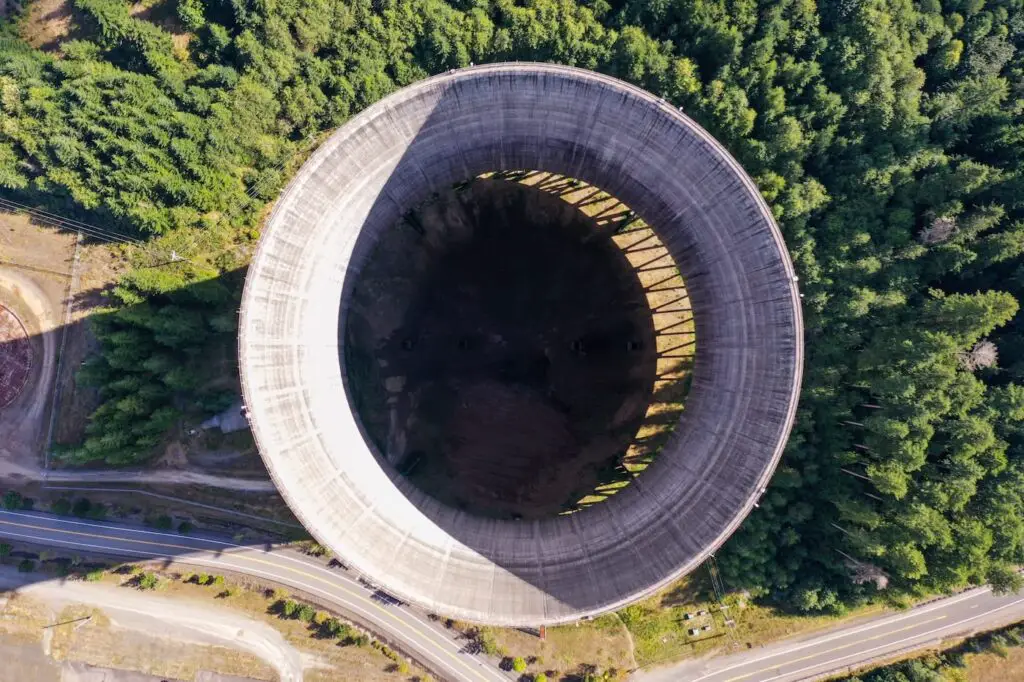
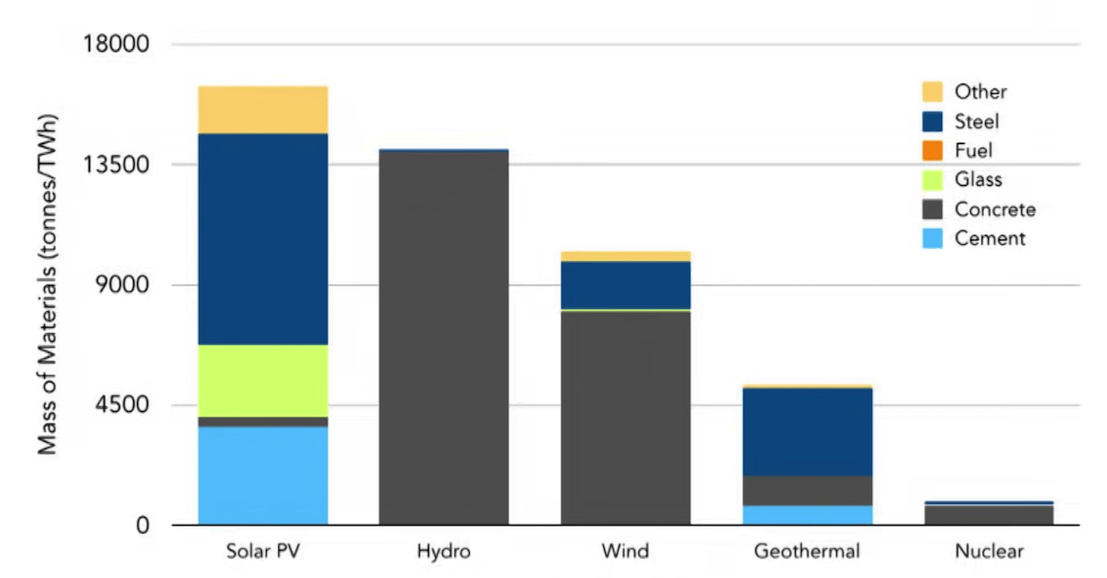
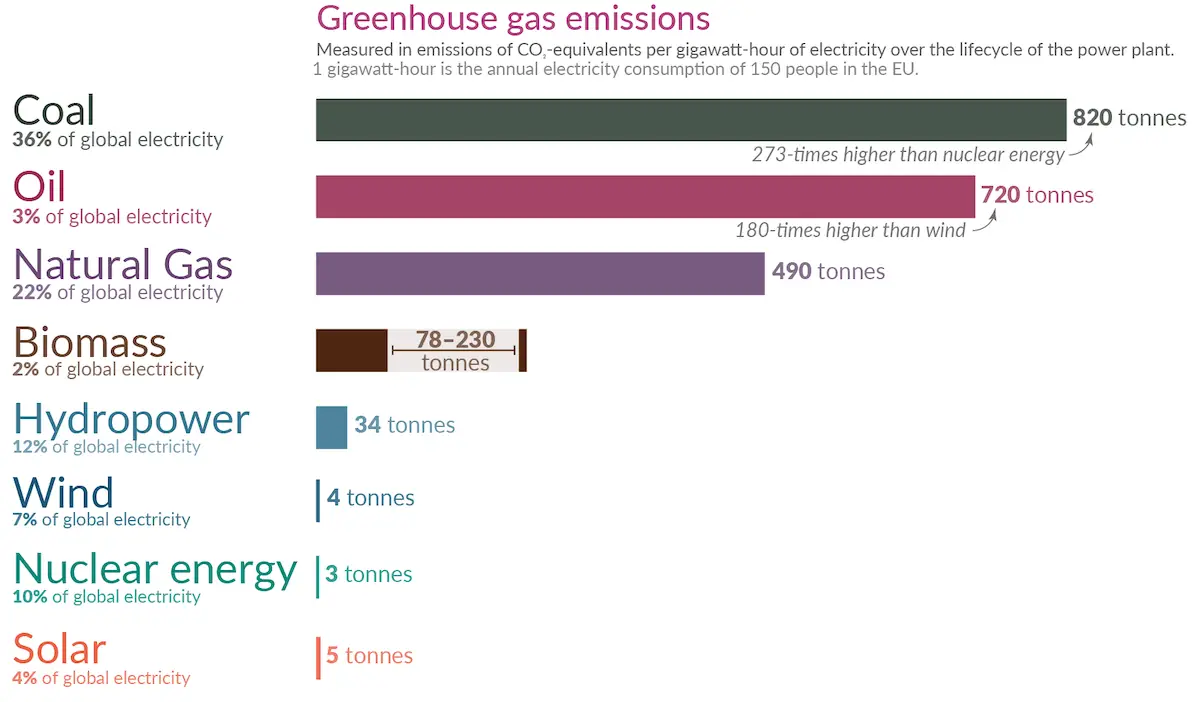
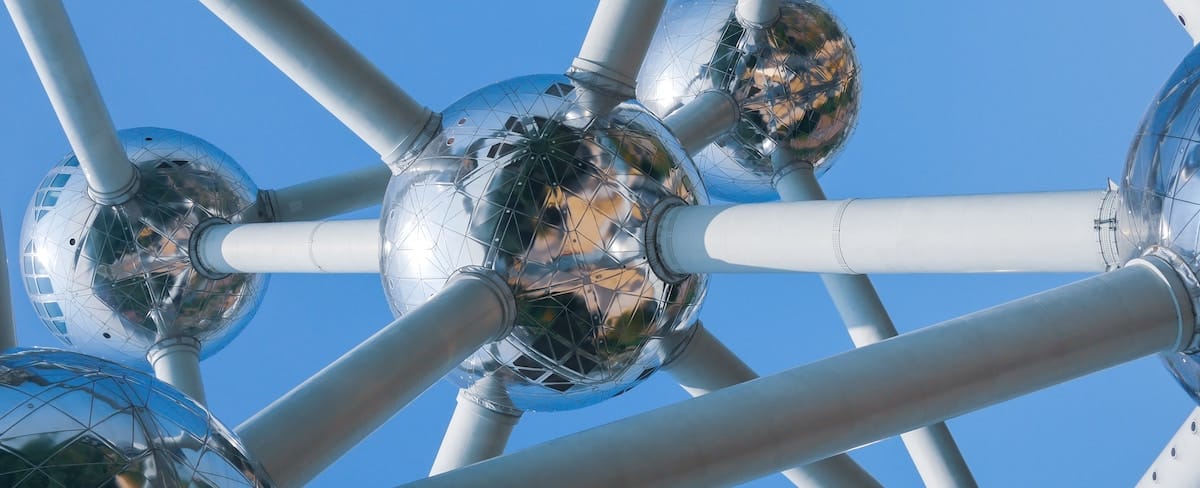
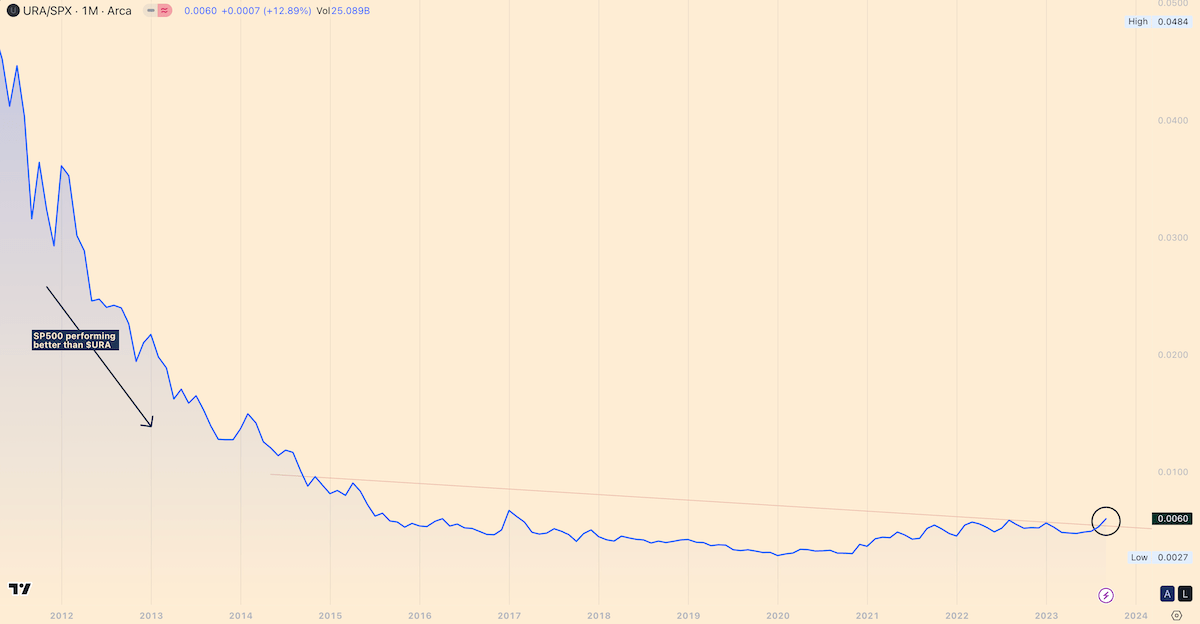


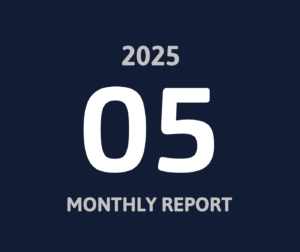
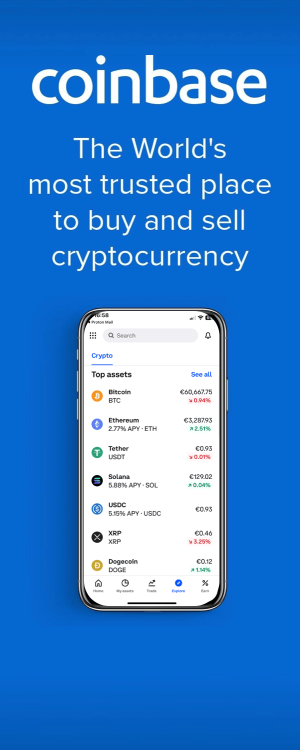
 Age when reaching FI: 40 in 2018
Age when reaching FI: 40 in 2018 Left the rat race: May 2017
Left the rat race: May 2017 Living in: Singapore
Living in: Singapore Number of kids: 2
Number of kids: 2






 Services I Love
Services I Love

